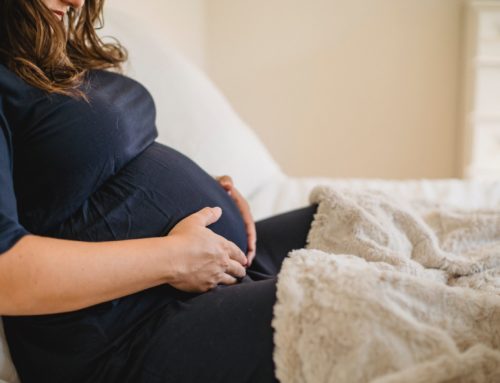A Qualified Domestic Relations Order or QDRO (pronounced “Kwa-Drough”) is a technique attorneys use to shift ownership of funds from one party’s retirement account to another. A QDRO is typically used to move funds during marriages, child support cases, and spousal support settlements between former and current spouses.
The party who owns the retirement account is known as the “plan member.” The party receiving the funds is known as the “alternate payee.”
QDRO’s can be very useful and cost effective, as the order acts as a one-time shot for the parties to divide retirement assets without being exposed to an early withdrawal fee. For example, if a person chooses to make an early withdrawal from their 401(k) account, then they are subject to a 10% tax consequence. However, in a divorce, if the funds are transferred from one party to another using a QDRO, there is no tax penalty to the party transferring the fund to the other party.
Marital Property and QDRO’s
Marital property is any property that the parties accumulated during their marriage. Therefore, any retirement assets one party accumulates during the marriage, or any gains that a spouse has in their retirement account are considered marital and must be divided fairly. The QDRO is the tool that divides the retirement account for the spouses. Your attorney or your spouse’s attorney may draft the QDRO, or a neutral party can draft the order. The QDRO will identify all of the following:
- The plan member
- The alternate payee
- The company that holds the retirement account
- The addresses of the plan member and the alternate payee
- The amount or percentage that will be rolled from the retirement account and provided to the alternate payee
Finalizing the QDRO can be a long process. Once the QDRO is drafted, the attorney will submit the order to the company that holds the retirement account to ensure that the QDRO complies with their requirements to transfer funds. Once the company approves the QDRO, it is sent to the judge for approval. After the judge approves the QDRO, the order is then sent back to the company, where they complete the asset distribution.
If the alternate payee chooses to “cash-out” his or her portion of the QDRO, then they must report that income on a 1099 tax form. However, if they choose the cash-out option immediately, instead of rolling it into an IRA or other account, then this will not be subject to the 10% early withdrawal tax.





